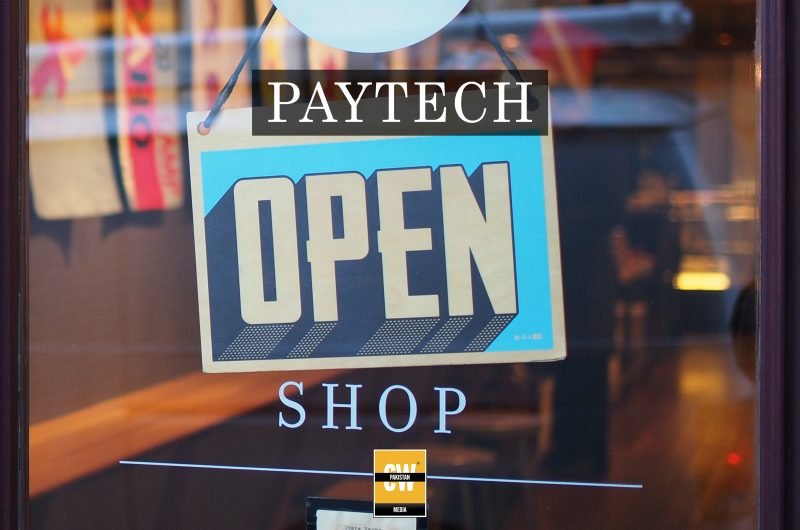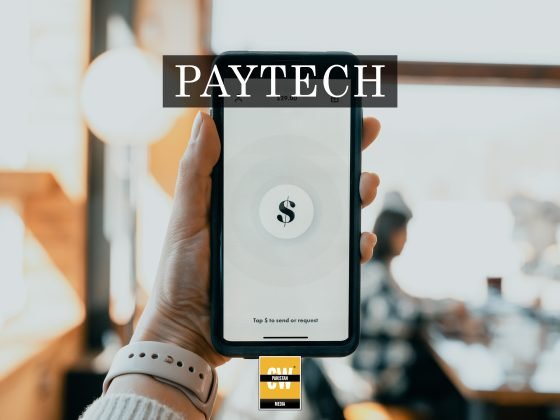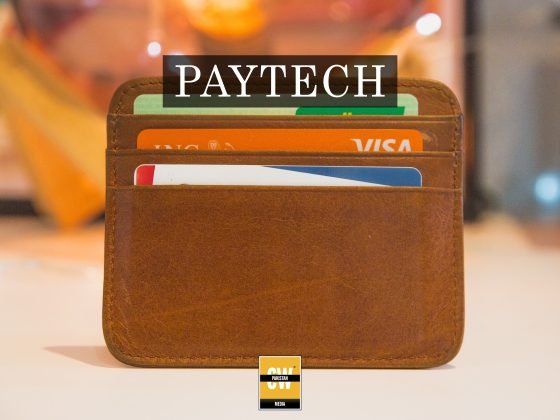The Ministry of Finance has called on public utility companies to expedite the implementation of Raast Dynamic QR codes on consumer bills, in line with the State Bank of Pakistan’s (SBP) national digital payments initiative. The directive is part of the government’s broader agenda to promote cashless transactions, enhance transparency, and improve payment convenience across the country.
In a formal communication to regulatory bodies and administrative ministries, the Finance Ministry emphasized that enabling Raast QR codes on utility bills is aligned with the Prime Minister’s vision to accelerate digitization in Pakistan’s payments ecosystem. Ministries, departments, and regulators have been instructed to ensure that utility providers under their jurisdiction integrate Raast QR codes into billing systems and begin sharing progress updates with the SBP’s Digital Innovation and Settlement Department (DISD).
The Raast Instant Payment System, developed by the SBP with support from Karandaaz, offers real-time, secure, and cost-efficient digital transactions for Person-to-Government (P2G) and Person-to-Business (P2B) payments. A key feature of the platform is the Dynamic QR functionality, which allows users to make instant bill payments simply by scanning a QR code through their bank’s mobile app, eliminating the need for manual data entry.
Currently, most utility bill payments in Pakistan rely on a reference number-based system. Consumers enter this number through banking apps or over-the-counter agents to retrieve payable amounts and process payments. While effective, this model is cumbersome, prone to errors, and requires additional reconciliation efforts by service providers. By contrast, the Dynamic QR approach embeds consumer-specific billing details and the utility provider’s account information directly into the QR code, ensuring instant, accurate, and seamless settlement.
The Finance Ministry has directed utility service providers—including electricity distribution companies, gas utilities, and telecom operators—to collaborate with their banking partners for technical integration. The process will require billing servers to generate Raast Dynamic QR codes at the time of bill creation. These codes, containing payment amounts and recipient details, will then be printed on physical bills or displayed on digital versions. Once scanned by any Raast-enabled mobile banking application, the customer can authorize payment, which will be instantly debited and reconciled with the utility provider’s account.
According to the Ministry’s concept note, two key Raast functionalities are relevant for utility bill payments. The first is Person-to-Merchant (P2M) with Dynamic QR, enabling direct and error-free payments through a simple scan. The second is Request-to-Pay (RTP), which allows billers to initiate payment requests in real time. However, for printed or digital bills, the Dynamic QR functionality has been identified as the most practical option.
The SBP and Karandaaz teams will provide technical support to utilities and ministries during the integration process. Karandaaz also plans to host a webinar to address questions from stakeholders and guide them through the adoption process.
Officials say the transition will not only make bill payments more convenient for consumers but also reduce cash handling, cut reconciliation delays, and strengthen the digital audit trail. It is expected to significantly improve transparency and traceability of government receipts while enabling operational efficiencies for utility providers.
Implementation timelines may differ based on technical readiness, but the Finance Ministry has underscored that this transformation is a critical step toward Pakistan’s cashless economy. Ministries and regulators have been tasked with ensuring that all utilities under their remit prioritize the rollout of Raast-enabled QR codes and report progress at regular intervals.










